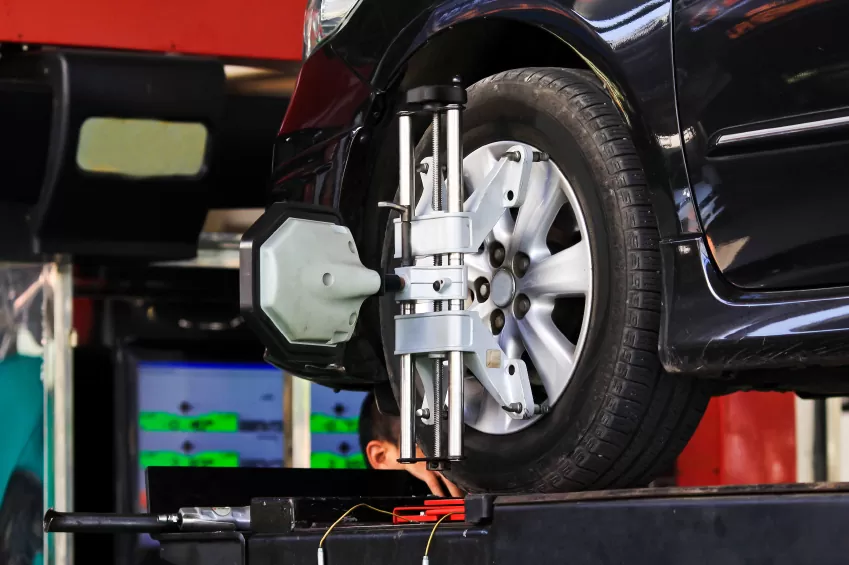
Every driver depends on their wheels to transfer engine power into motion. For a vehicle to move smoothly and safely, its wheels must be properly aligned.
Wheel alignment refers to the precise angles at which the wheels sit in relation to the road, the vehicle, and each other. In repair shops, auto professionals perform wheel alignments by checking these angles and making adjustments so the wheels operate effectively. Let’s look at why this procedure is so important.
Why Wheel Alignment Matters
When wheels are out of alignment, it can affect multiple aspects of driving, from safety to comfort to a vehicle’s lifespan. Misalignment can happen for many reasons, including rough road conditions, collisions, poor driving habits, or general wear and tear. Front wheels are typically more prone to alignment issues, though rear wheels can also be affected.
Poor alignment can reduce fuel efficiency, cause uneven tire wear, and impact handling and maneuverability. In severe cases, the vehicle may start pulling to one side or show delayed steering response. Not only does this make driving frustrating, but it also creates a serious safety risk. That’s why professional assessment and adjustment—often done by those with auto mechanic training—are essential.
Alignment Angles Every Auto Mechanic Student Should Know
Although it may seem straightforward, wheel alignment actually involves three complex measurements: toe, camber, and caster. These must all be set correctly for safe and reliable driving.
Camber: The tilt of the wheel inward or outward from a vertical line. Ideally, this should measure 0 degrees.
Caster: The angle of the steering pivot point, viewed from the side of the vehicle. Most cars use a “cross-caster” setup, which causes an unattended car to drift slightly right—toward the shoulder rather than into oncoming traffic.
Toe: The inward or outward pointing of the wheels when viewed from above.
Each of these angles must be carefully adjusted by trained professionals to maintain balance and performance.
Signs That Wheels Need Realignment
Auto mechanic students should learn to advise drivers about when to get a wheel alignment. Frequency depends on the vehicle type, but alignments are always recommended when:
Installing new tires
Replacing or adjusting suspension parts
Lowering or lifting a vehicle
Regular inspections should also include alignment checks. However, drivers may notice symptoms of misalignment, such as:
The car pulling to one side
A steering wheel that doesn’t sit straight
Uneven tire wear
A vibrating or “shimmying” front end
Additionally, after collisions or impacts with potholes or curbs, wheels should always be checked for alignment issues.
